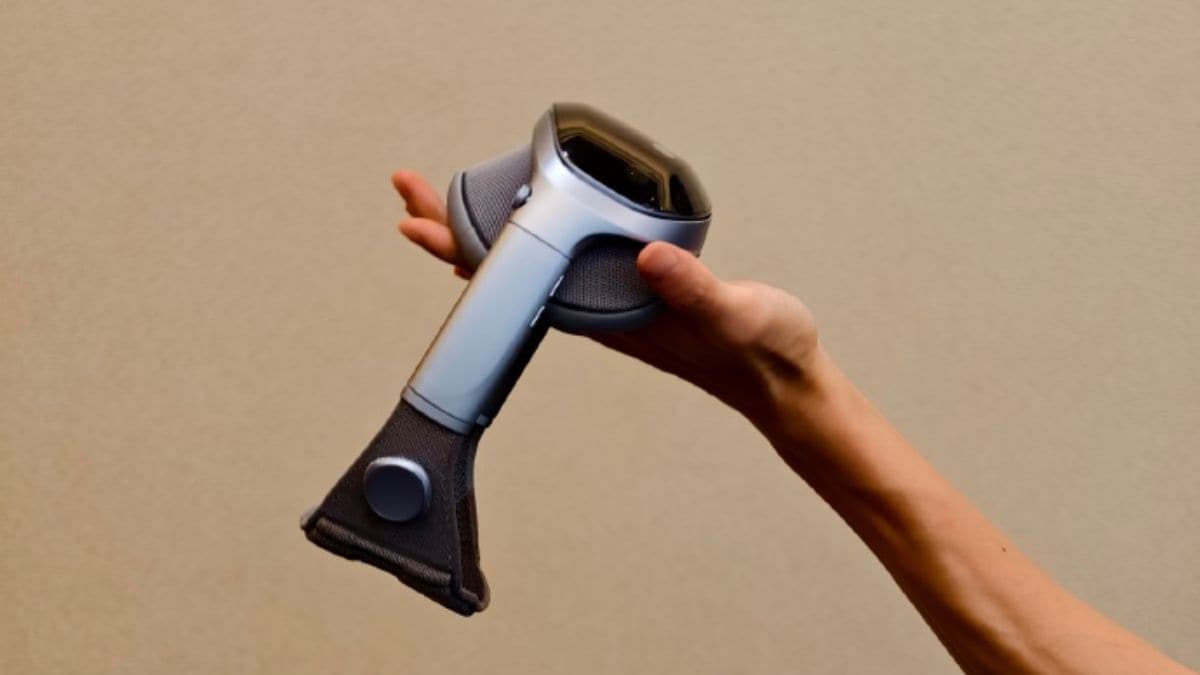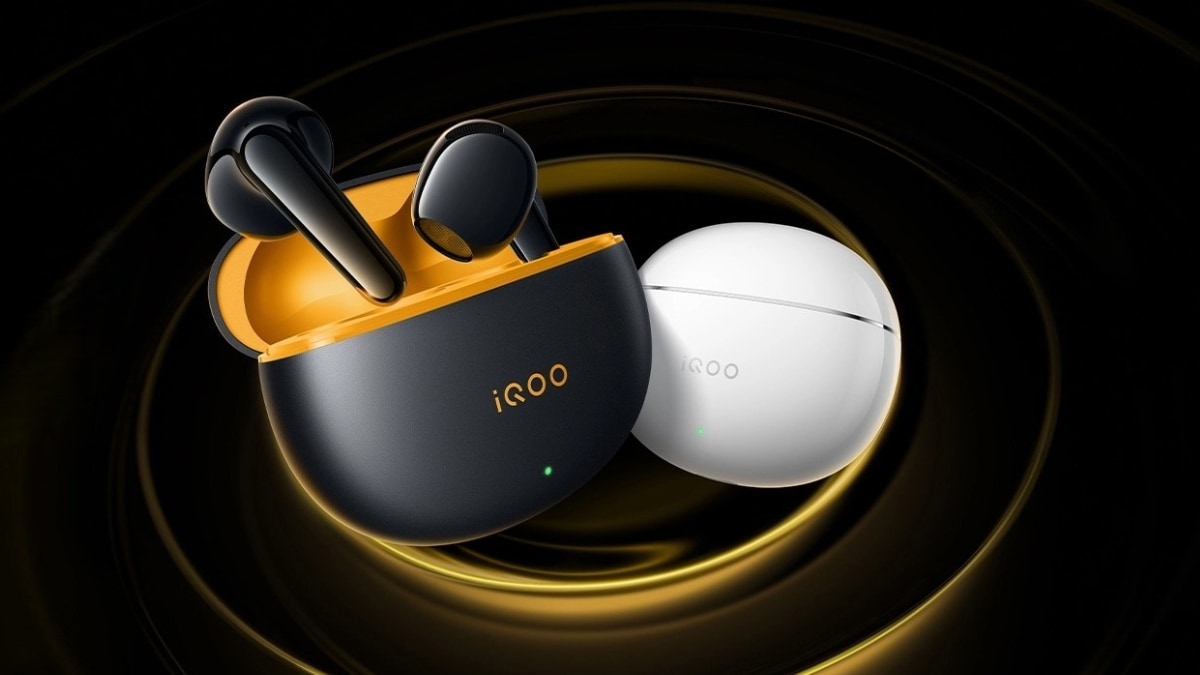Most people who get into fitness feel the need to buy a fitness wearable at some point. This may seem to be a pretty simple decision, but this product category is very confusing for multiple reasons. For starters, there’s no clear demarcation between different types of devices in this category. For instance, there are some devices that appear to be smartwatches but are just fitness watches with notifications thrown in. Due to this, it’s hard to know for sure what you should buy and what kind of performance and battery life to expect. We try to provide answers to some of these questions in this guide.
What is an activity tracker?
An activity tracker is a device that helps you track your workouts. While your smartphone could also be referred to as an activity tracker if you use it to track workouts, generally we use the term activity tracker to refer to fitness wearables. This could be a simple fitness bands that tracks the number of steps you’ve walked or a high-end fitness watch geared towards triathletes.
What’s the difference between a fitness band and a smartwatch?
On the surface, the difference is pretty simple. A fitness band should be able to log basic movement data and perhaps include sleep tracking. Fitness bands usually have a smaller display and longer battery life, and most of the basic data these log is displayed on the companion app.
A smartwatch will be able to show you detailed notifications, allow you to respond to notifications via the watch, and will also include support for tracking multiple workout modes such as running, cycling, and even swimming. Smartwatches also have support for apps, just as smartphones do. It’s essential to have a maps app on your phone, but having it on your watch is even more convenient. These products look more like traditional watches as opposed to fitness bands that look more like a bracelet.
The difficult part is classifying these devices into one of these two categories. There are plenty of fitness watches from TomTom, Garmin, Amazfit, and other brands which look like traditional watches and are geared towards workout tracking, but they lack many ‘smart’ features. Some of these fitness watches often don’t support many third-party apps and don’t let you respond to most notifications, but they may be better at fitness oriented features than smartwatches.
Fitbit’s Inspire series offers activity trackers that can do a little bit more than just basic tracking
My phone has apps for fitness. Why should I buy fitness wearables?
Before buying any kind of a fitness device, we’d recommend checking whether you actually need it. If you’re just buying a fitness band for step tracking, your smartphone can do just as good a job as the band so you probably are better off saving the money. There’s a case to be made for using phones to track running, swimming, or even gym workouts.
However, with a good fitness wearable you will get better results than what your phone can provide. Your smartphone isn’t going to be very useful to accurately track the number of calories burned because it can’t continuously measure your heart rate. There are several other use cases such as accurate sleep tracking, tracking your swimming workouts, and automatic workout detection that make fitness wearables very useful.
For basic movement tracking, smartphones are definitely as good as fitness bands, but if you need a device that can log multiple types of workouts, a fitness watch or a high-end fitness tracker may be a better investment.
Do you need a fitness band, a fitness watch, or a proper smartwatch?
As we mentioned earlier, for basic things such as tracking the number of steps you’ve moved and how well you’ve slept you can use a basic fitness band such as the Mi Band 3. If you are a regular runner or if you want to track your gym workouts, you should invest in either a fitness watch or a smartwatch with good fitness-oriented features.
If you’re wondering whether you need to get a device such as the Apple Watch, which can has a lot of ‘smart’ features and does a good job at fitness tracking, the answer depends on how much you use the ‘smart’ features. In our experience, using a good smartwatch ensures that you save a lot of time. A quick glance at the watch is enough to know whether an incoming call needs to be answered, or which of the many notifications need your attention.
We’ve heard from many people who began to keep their phones on silent mode all the time, once they started using a smartwatch. To add to that, good smartwatches support third-party navigation and fitness apps, which really makes several daily tasks a lot more convenient.
![]() The Apple Watch is the best smartwatch for iPhone users
The Apple Watch is the best smartwatch for iPhone users
What to look for when buying a fitness wearable
The first thing you need to figure out is what do you need the fitness wearable for. The following are factors you should check for before buying a fitness wearable:
- Comfort: You’re going to wear this device for long hours day after day so this has to be your primary concern. This includes whether the strap is made of a material that suits your skin, if the device or the capsule doesn’t fall off your wrist, and whether it’s too heavy for you.
- Display: Ideally you want a device that has a good display which is legible even under harsh sunlight. A display big enough to display important information such as step data in a readable font size is a must.
- Notifications: If the device supports notifications, you should check if it simply vibrates or shows some data such as name and phone number of the person who is calling you. This caller ID feature is very useful.
- Step tracking: Lots of people buy fitness wearables to encourage themselves to start moving. Accurate step tracking is a must. Check our reviews to verify this, we’ve got a standard 1,000-step tracking test that we put every wearable through.
- Heart rate monitoring: This is a dicey one because many devices offer heart rate monitoring, but not all of these are useful. What you need is continuous heart rate monitoring at least in workout mode, if not always. This helps track calorie burn more accurately during workouts.
- GPS: This is a must for accurate route tracking and distance tracking during running or cycling workouts. Not all devices have very accurate GPS chips, so you should check our reviews to figure out whether the one you want has this or not.
- Waterproofing: This is fast becoming an essential feature for all fitness wearables. Swim-proofing is not essential unless you’re a swimmer, but it’s best to have a wearable that works even if you take it to the shower or workout when it is raining.
- Battery life: Another tricky point to keep in mind. For basic fitness bands, one week of battery life is a good figure. For fitness watches, four to five days is good. For smartwatches, two days of battery life is good.
How much should I spend on a fitness wearable?
This is not a question we can answer — it depends entirely on what you need. We’ll break it down by use case — if you want basic activity tracking, you’ll have to shell out around Rs. 2,000. Good fitness watches with GPS and swim-proofing will cost between Rs. 10,000 and Rs. 20,000. Good smartwatches will cost you over Rs. 20,000.








